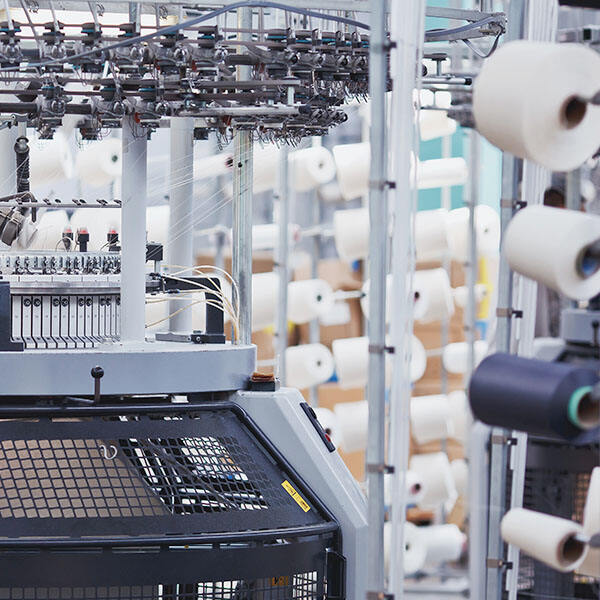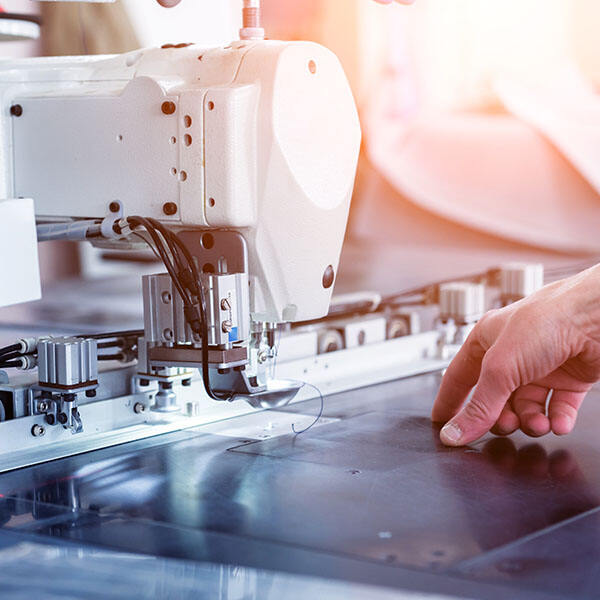Electronic knitting machines: These machines use computer software to automatically create complex stitch patterns such as Fair Isle, tuck, slip, and lace. Their needle bed and head systems offer advanced needle beds for intricate designs and pattern flexibility through color variation, tension control, and integration into design software. These range from home models like the Brother 910 to industrial models equipped with hundreds of needles. Digital knitting machines: These machines combine advanced hardware and software to create seamless or nearly seamless 3D garments for on-demand production—for example, through Kniterate's AI-assisted design capabilities or the use of versatile yarns—without seams. They enable the integration of complex patterns, textures, and functional areas directly into fabrics for on-demand and personalized production, such as with Kniterate. Kniterate also touts its AI-assisted design capabilities and the use of versatile yarns as its unique selling points. Circular knitting machines: These machines produce tubular fabrics using single jersey, rib, interlock, and ribbed constructions. Recent innovations focus on multi-feed systems, needle control, and fabric texture diversity, enabling faster production of a wide range of tubular fabrics. Flat knitting machines: These machines feature needles arranged on horizontal bars, which knit flat or three-dimensional shapes with cam-controlled precision to accommodate rib welts or complex cam-controlled stitches. Available in single- and double-needle-bar configurations. Warp knitting machines have made significant strides with recent technological innovations, such as automatic yarn feeding and computerized pattern control, increasing efficiency and pattern complexity.






 Hot News
Hot News